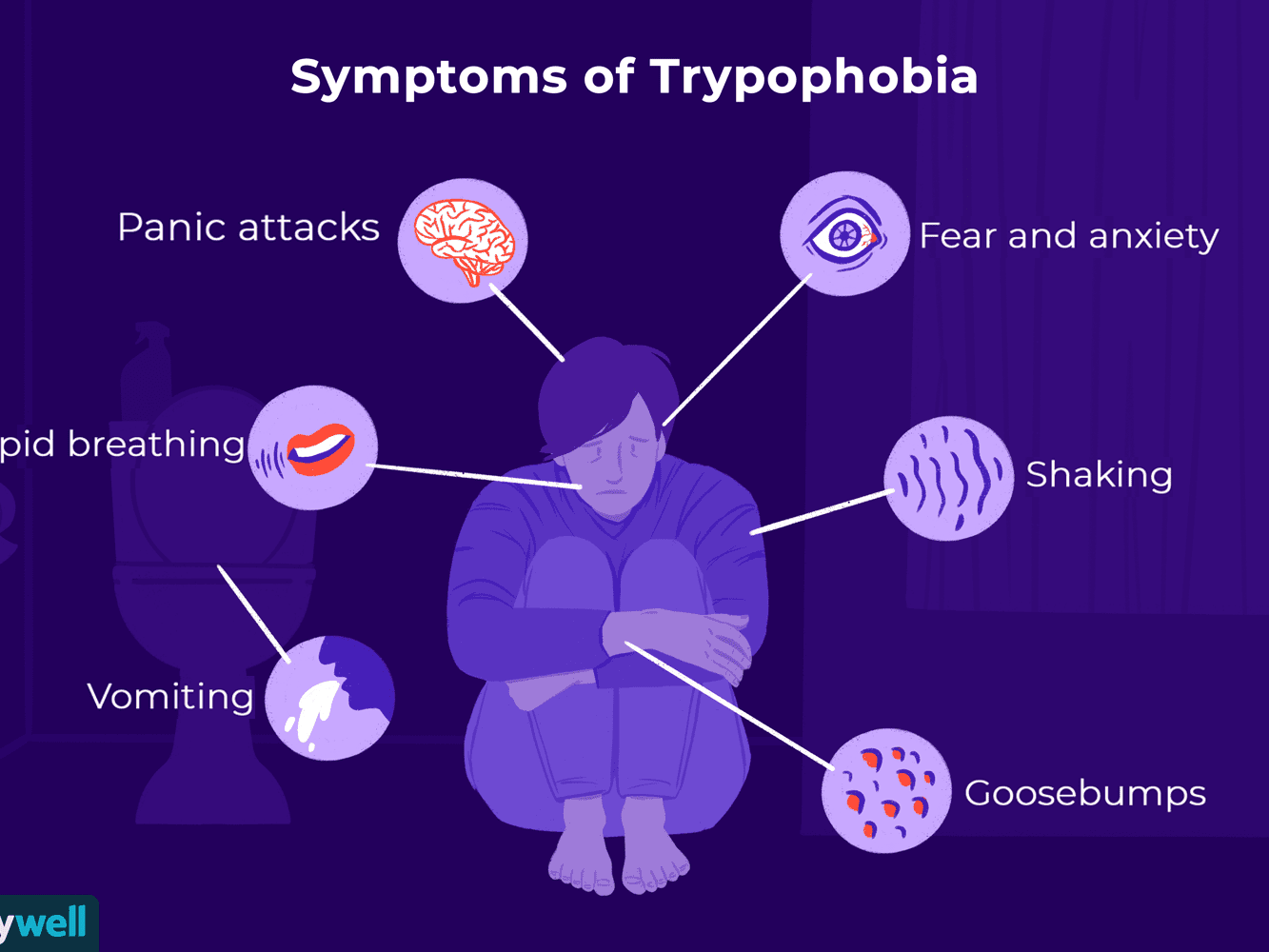Symptoms and Treatments of Trypophobia

Many people feel uncomfortable when they are exposed to pictures triggering trypophobia. While this is a normal, adaptive reaction, some people exhibit it in excess. Associate professor of psychology Stella F. Lourenco explains why some people feel uncomfortable while others do not. Trypophobia can be treated by learning how to recognize its triggers. There are also various treatments available for this specific phobia. To learn more, read on!
Treatments for specific phobias can help reduce symptoms of trypophobia
People with a specific phobia may find it helpful to undergo various treatments to overcome the condition. For example, cognitive behavioral therapy, exposure therapy, and certain psychiatric medications can reduce symptoms of trypophobia. Although these methods can be effective, you should first consult a doctor before beginning any medication. The following are some of the most common treatments for specific phobias:
Cognitive behavioral therapy may be the most effective way to reduce the symptoms of trypophobia. This form of therapy helps you reframe your thinking about the phobia and overcome the fears it causes. For people with a specific phobia, cognitive behavioral therapy may involve exposure to images that trigger the phobic response. Exposure therapy, on the other hand, involves exposing oneself to a specific image several times a day until the fear disappears.
Triggers
While trypophobia is not a recognized phobia, several pieces of research have shown that it does exist. Symptoms of trypophobia can be challenging to live with, so it is a good idea to seek professional help if you suspect you may be suffering from it. A therapist or doctor can help you find the source of your fear and manage the symptoms. To treat this disorder, you can avoid the triggers and work towards regaining your everyday life.
In most cases, sufferers experience a range of symptoms, from mild to severe. These include panic, anxiety, and disgust when they look at closely packed holes. Treatments for trypophobia can vary widely, but most people find relief through self-help, medications, and therapy. In addition, healthy coping mechanisms are crucial for those who have trypophobia. Therefore, you may want to consider seeking professional help if you are experiencing any of these symptoms.
Treatments
Early symptoms of trypophobia may be associated with age, mental disorder, and cultural factors. In addition, it can be caused by exposure to holes or geometric patterns in plants or food. People with trypophobia may also experience itching or discomfort when touching or viewing specific types of skin conditions. This condition may also be triggered by visual images or audio recordings of snakes. While there is currently no known cause for this disorder, treatment options may include reassurance measures or exposure therapy.
Fortunately, there are several treatment options available for trypophobia. Psychological approaches involve exploring the relationship between thoughts and feelings. Cognitive behavioral therapy, such as cognitive behavioral therapy, may also be beneficial. Exposure therapy exposes patients to small amounts of phobia. The patient may also learn to relax using techniques such as visualization and exercise. Self-help groups are another option. However, the best way to determine the best treatment option for your individual case is to seek professional help.




